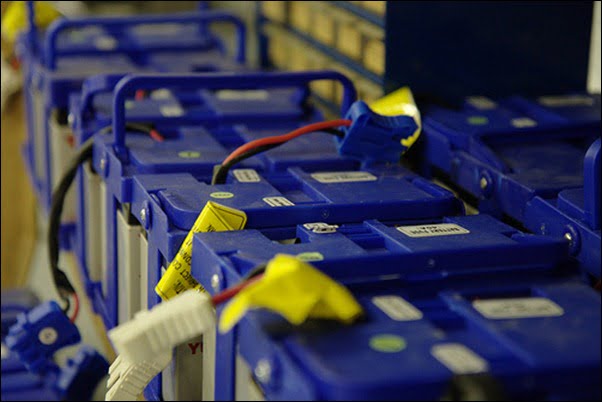The relationship between lead-acid battery capacity and usage time is relatively straightforward, albeit with some complexities.
- Capacity: The capacity of a lead-acid battery refers to the amount of electrical charge it can store. This is typically measured in ampere-hours (Ah) or milliampere-hours (mAh). The higher the capacity of the battery, the more charge it can store, and theoretically, the longer it can power a device.
- Usage Time: The usage time of a lead-acid battery depends on several factors:
- Load: The amount of current drawn from the battery affects its usage time. Higher loads will deplete the battery faster.
- Depth of Discharge (DOD): Lead-acid batteries should ideally not be discharged beyond a certain percentage of their capacity to maintain their longevity. The deeper the discharge, the shorter the usage time.
- Temperature: Extreme temperatures, both high and low, can affect the performance and lifespan of lead-acid batteries.
- Age and Condition: As lead-acid batteries age, their capacity may decrease, leading to shorter usage times.
- Charging Method: Proper charging methods, including voltage and current regulation, can impact the battery’s capacity and thus its usage time.
- Peukert’s Law: Peukert’s Law describes the non-linear relationship between the rate at which a lead-acid battery is discharged and the usable capacity of the battery. Essentially, at higher discharge rates, the usable capacity of the battery decreases, leading to shorter usage times.
In summary, while higher capacity lead-acid batteries theoretically offer longer usage times, actual usage time depends on various factors including load, depth of discharge, temperature, age, and charging methods.


